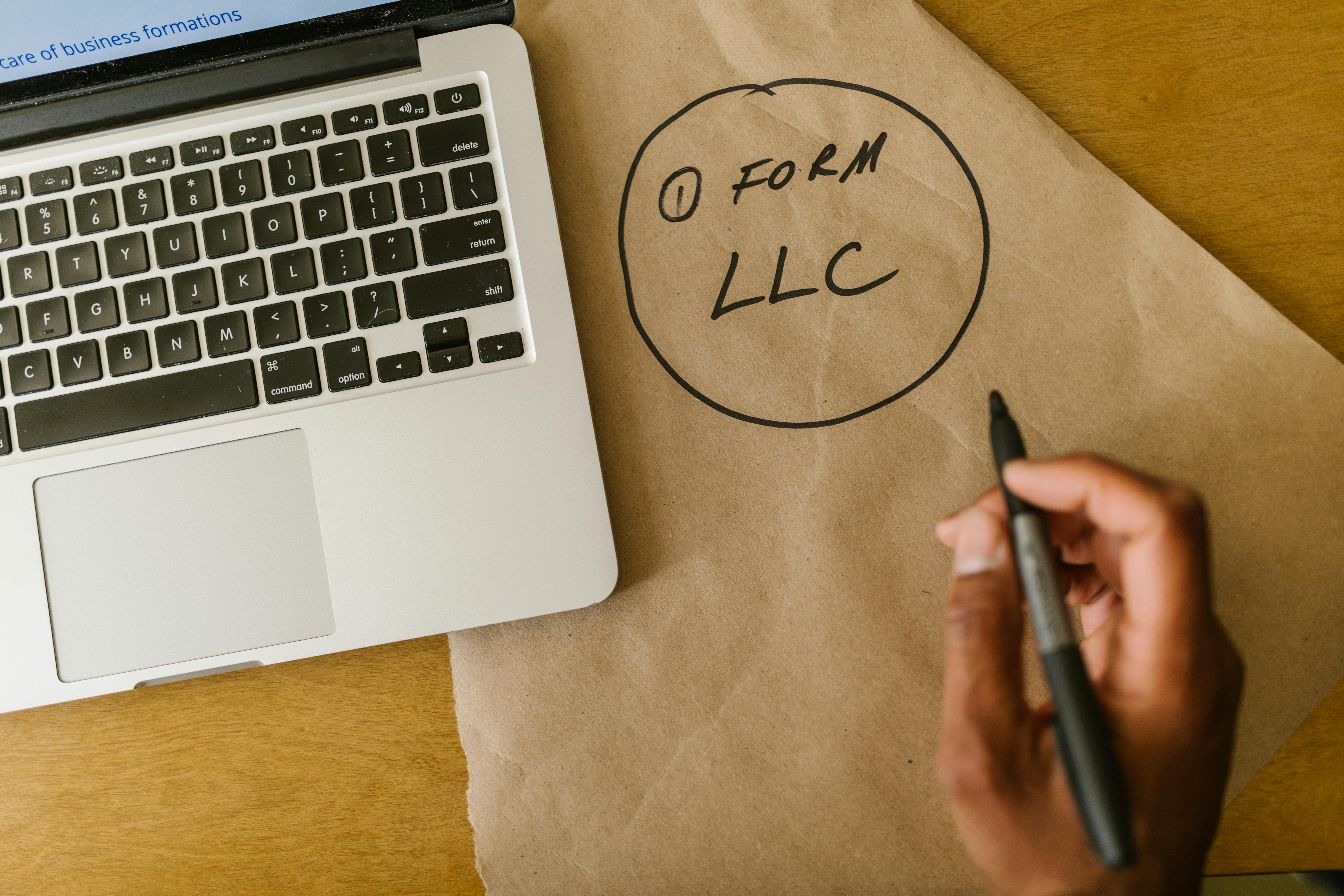What Is Form 941 and When Do You File It?

October 20, 2025

IRS Form 941, officially titled the Employer’s Quarterly Federal Tax Return, is the foundational document for federally payroll compliance for most U.S. businesses. It’s what the vast majority of businesses use to report the total amount of wages they’ve paid to employee and the taxes they’ve withheld from paychecks during a specific calendar quarter.
The reported taxes include federal income tax withholding, Social Security tax, and Medicare tax — the last two of which are commonly referred to as Federal Insurance Contributions Act (FICA) taxes. Filing Form 941 is how a business reconciles its tax liability with the actual tax deposits its made during the quarter. Here’s what to know about Form 941, from accurate filings to avoiding penalties.
The Quarterly Reporting Structure
Form 941 is distinct from annual filings like Form W-2 because it requires employers to summarize and report their payroll tax activity four times a year. This quarterly reporting structure looks like this:
- Quarter 1: January 1 – March 31, April 30 filing deadline
- Quarter 2: April 1 – June 30, July 31 filing deadline
- Quarter 3: July 1 – September 30, October 31 filing deadline
- Quarter 4: October 1 – December 31, January 31 deadline (following year)
Remember, Form 941 is a reporting document, not a payment document. You must deposit payroll taxes throughout the quarter on a monthly or semi-weekly schedule, depending on your business’s total tax liability. Form 941 is just the reconciliation tool, ensuring that the total taxes reported on the form match the total deposits made during the reporting period.
Breakdown of Form 941
Completing Form 941 requires careful attention to detail, especially in Part 1, which covers the core tax calculations. Here’s what the form covers:
- Line 1: Reports the number of employees who received pay during the quarter.
- Line 2: Reports the total wages, tips, and other compensation subject to FICA and income tax withholding.
- Lines 5a – 5d: These lines calculate the Social Security and Medicare tax liability based on the wages reported in Line 2, separated by taxable amount, employee share, and employer share.
- Line 5a(i): Social Security Tax (taxable Social Security wages )
- Line 5c: Medicare Tax (taxable Medicare wages ×0.029)
- Line 5d: Additional Medicare Tax Withholding (for high earners).
- Line 7: Total taxes before adjustments (the sum of Lines 3, 5e, and 6).
- Line 10: The Total Taxes After Adjustments. This represents the business’s total liability for the quarter.
- Line 12: Reports the total deposits made to the IRS for this quarter.
- Lines 13-14: Determines if the business owes a balance due (Line 10 > Line 12) or has an overpayment (Line 10 < Line 12).
Part 2 is used to designate the business’s deposit schedule (monthly or semi-weekly) and requires a detailed breakdown of the total tax liability incurred in each of the three months of the quarter. This number must match the total tax reported on Line 10 in Part 1.
Special Circumstances and Related Forms
Form 941 is the standard, but there are a few special circumstances that may require different compliance approaches:
- Form 941-X: If an employer discovers an error on a previously filed Form 941, they must use Form 941-X, Adjusted Employer’s Quarterly Federal Tax Return or Claim for Refund, to make the correction and adjustment.
- Form 944: Very small businesses that expect their total annual tax liability (income tax withholding, Social Security, and Medicare) to be less than $1,000 may be permitted to file Form 944, the Employer’s Annual Federal Tax Return, instead of quarterly. You have to get permission from the IRS.
- New businesses: A business filing its first Form 941 should check the designated box in Part 3 to indicate the first return.
- Final returns: If a business ceases operations or stops paying wages, it must check the “Final return” box in Part 3 and enter the date the final wages were paid. This alerts the IRS that the employer will no longer be filing quarterly returns.
Filing Deadlines and Penalties
Adhering to the quarterly deadlines is the simplest way to avoid penalties. We listed the dates above, but the rule of thumb is that the standard deadline falls on the last day of the month following the end of the quarter. If a deadline falls on a weekend or legal holiday, the due date is moved to the next business day.
Employers can file Form 941 electronically using tax preparation software or payroll provider, or file a paper copy via mail or their tax professional. The IRS generally prefers electronic filing.
Penalties for non-compliance may include a 5% penalty of the net tax tax due for a late filing, or penalties up to 15% of the owed amount after failing to deposit on your monthly or semi-weekly schedule.
FAQs
Yes, the IRS actually prefers electronic filing of Form 941 through approved tax preparation software or a payroll service provider.
If you’re required to file Form 941, you must still file the return even if you had no wages to report (a “zero return”). You simply enter zero on all wage and tax lines. If you’ve never paid wages to employees, you may not have to file Form 941. Consult with a tax professional.
You must file Form 941-X or claim a refund to correct the error. Don’t file a second Form 941 for the same quarter.
Take a look at our news on Operations & Management

 by Nick Perry
by Nick Perry

 by Nick Perry
by Nick Perry

 by Nick Perry
by Nick Perry

 by Nick Perry
by Nick Perry

 by Shanel Pouatcha
by Shanel Pouatcha

 by Nick Perry
by Nick Perry

 by Nick Perry
by Nick Perry

 by Shanel Pouatcha
by Shanel Pouatcha

 by Nick Perry
by Nick Perry

 by Nick Perry
by Nick Perry

 by Nick Perry
by Nick Perry

 by Nick Perry
by Nick Perry